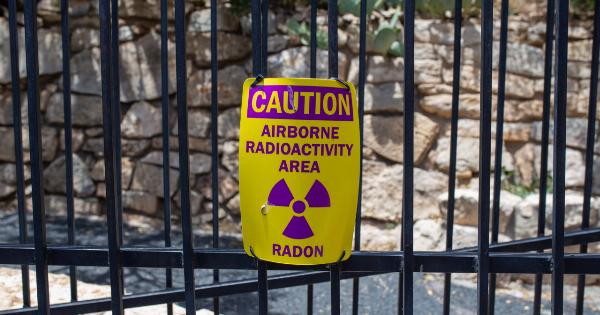Thyroid cancer is a type of cancer that affects the thyroid gland, a small butterfly-shaped gland located in the front of the neck.
This gland plays a crucial role in regulating the body’s metabolism and producing hormones that are essential for various bodily functions. When cancer develops in the cells of the thyroid gland, it can disrupt its normal functioning and lead to potential health complications.
Types of Thyroid Cancer
There are several types of thyroid cancer, including:.
- Papillary Thyroid Cancer: This is the most common type of thyroid cancer, accounting for about 80-90% of all cases. It tends to grow slowly and has a high cure rate.
- Follicular Thyroid Cancer: This type accounts for approximately 5-15% of thyroid cancer cases. It is also known for slower growth and has a good prognosis.
- Medullary Thyroid Cancer: Medullary thyroid cancer originates from the C-cells, which produce a hormone called calcitonin. It accounts for about 3-5% of thyroid cancer cases.
- Anaplastic Thyroid Cancer: Anaplastic thyroid cancer is a rare but aggressive form of thyroid cancer. It grows rapidly and has a poor prognosis.
- Thyroid Lymphoma: Thyroid lymphoma is a rare form of thyroid cancer that develops from immune system cells, typically the lymphocytes. It represents only a small percentage of thyroid cancer cases.
Causes of Thyroid Cancer
The exact cause of thyroid cancer is still unknown, but there are certain risk factors that may increase the likelihood of developing the disease:.
- Exposure to radiation, especially during childhood, can significantly increase the risk of thyroid cancer.
- Family history of thyroid cancer or certain inherited genetic syndromes can also contribute to the development of the disease.
- Being a female is another risk factor, as women are more likely to develop thyroid cancer compared to men.
- Age is also a contributing factor, with the risk increasing as individuals get older.
- Insufficient dietary iodine intake may play a role in some cases of thyroid cancer, although this is more prevalent in regions with severe iodine deficiency.
Thyroid Cancer and the Hidden Danger in Your Home
While the causes of thyroid cancer are not completely understood, there is evidence to suggest that certain environmental factors may play a role. One hidden danger that could be lurking in your home is exposure to chemicals and toxins.
1. Flame Retardants
Flame retardants are chemicals commonly found in furniture, electronics, and household items. These chemicals are often associated with an increased risk of various cancers, including thyroid cancer.
They can be released into the air and settle as dust particles in your home, leading to long-term exposure. To reduce your risk, opt for flame retardant-free products whenever possible and ensure good ventilation in your home.
2. Volatile Organic Compounds (VOCs)
Volatile organic compounds, or VOCs, are a group of chemicals found in a wide range of household products, such as paints, cleaning supplies, and air fresheners.
Prolonged exposure to VOCs has been linked to an increased risk of thyroid cancer and other health problems. To minimize exposure, choose low VOC or VOC-free products and open windows when using potentially harmful substances.
3. Radon Gas
Radon gas is a natural radioactive gas that can seep into homes through cracks in the foundation or walls.
Prolonged exposure to high levels of radon gas has been associated with an increased risk of lung cancer, but studies also suggest a potential link to thyroid cancer. To reduce radon levels in your home, consider testing for radon and installing mitigation systems if necessary.
4. Endocrine-Disrupting Chemicals (EDCs)
Endocrine-disrupting chemicals are substances that can interfere with the body’s endocrine system, which includes the thyroid gland. These chemicals can be found in everyday products like plastics, food containers, and personal care items.
Long-term exposure to EDCs may disrupt thyroid function and contribute to the development of thyroid cancer. Opt for BPA-free products and choose natural or organic options when possible.
5. Pesticides and Herbicides
Pesticides and herbicides are commonly used chemicals in agriculture and can find their way into your home through contaminated food or water sources.
Some studies suggest a potential link between pesticide exposure and an increased risk of thyroid cancer. Whenever possible, choose organic produce and wash fruits and vegetables thoroughly to reduce pesticide residues.
Conclusion
Thyroid cancer is a complex disease with various types and potential causes.
While the exact role of environmental factors in thyroid cancer development is still being studied, it is important to be aware of potential dangers, including the hidden dangers that may exist within our own homes. By minimizing exposure to harmful chemicals and toxins, we can take important steps towards reducing the risk of thyroid cancer and protecting our overall health.



























